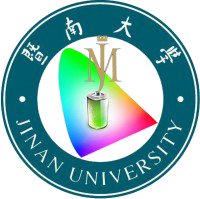分享到
Unveiling the electrochromic mechanism of Prussian Blue by electronic transition analysis
2020
期刊
Nano Energy
- 卷 78
- DOI: 10.1016/j.nanoen.2020.105148



